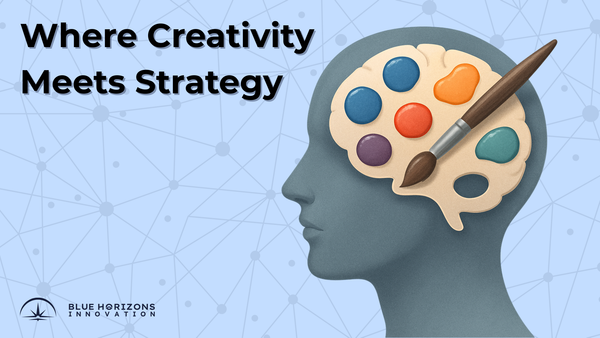Finding the Right Niche and Ideal Customers for SMEs
Discover how SMEs can define their niche, identify ideal customers, and refine their marketing strategies to attract the right audience and boost growth effectively.

For small and medium enterprises (SMEs), trying to appeal to everyone can lead to wasted marketing efforts and unfocused branding. Instead, finding your niche and identifying your ideal customer is essential for sustainable growth. A well-defined niche allows businesses to target the right audience, improve customer loyalty, and increase conversions while reducing marketing costs. Here’s how SMEs can discover their niche and ideal customers effectively.
1. Why Defining Your Niche Matters
Many SMEs make the mistake of casting too wide a net, believing that reaching more people increases sales. However, when you target a broad audience, your messaging can become diluted, making it harder to stand out. Focusing on a specific niche helps in:
- Building a strong brand identity
- Creating more effective marketing campaigns
- Increasing customer retention and loyalty
- Reducing competition by serving a specific market need
2. Steps to Identifying Your Ideal Customer
Analyze Your Current Customers
Look at your existing customer base and identify patterns. Who are your most loyal customers? What do they have in common? Consider demographics such as age, gender, income level, and location, along with psychographics like interests, values, and pain points. Understanding these traits will help you refine your marketing strategies and better serve your audience.
Look at Market Trends
Use data-driven insights to identify what’s trending in your industry. Are there emerging needs or underserved audiences? Tools like Google Trends, industry reports, and competitor analysis can help you pinpoint lucrative opportunities.
Evaluate Competitor Gaps
Research your competitors to find gaps in the market. Are there customer needs that are not being met? Positioning yourself as the solution to an overlooked problem can give you a competitive advantage.
3. Creating a Customer Persona
Once you've analyzed your customers and market, refine your understanding into a clear customer persona. This includes:
- Demographics: Age, gender, income, education, and location.
- Psychographics: Interests, behaviors, lifestyle, and values.
- Pain Points: What problems do they face that your business can solve?
- Buying Habits: Where do they shop? How do they make purchasing decisions?
By developing a detailed persona, you can tailor your marketing efforts to resonate deeply with your ideal customers and refine your niche strategy more effectively.
4. Aligning Your Marketing with Your Niche
Once you identify your niche, adjust your marketing strategy to connect with your ideal audience. Here’s how:
- Messaging & Branding: Use language and visuals that align with your audience’s preferences and values.
- Marketing Channels: Choose platforms where your customers are most active—whether it’s Instagram, Facebook, LinkedIn, or SEO-driven blog content.
- Targeted Offers: Create products, services, or promotions that directly address your audience’s needs and desires.
5. Testing and Refining Your Niche Strategy
Your niche and ideal customer profile may evolve over time. Regularly assess your marketing performance and be willing to pivot if necessary. Gather feedback, analyze metrics, and make data-backed decisions to refine your approach.
Final Thoughts
Defining a niche and understanding your ideal customer isn’t about limiting your business—it’s about maximizing efficiency and effectiveness. By narrowing your focus, you can craft stronger marketing messages, build a loyal customer base, and stand out in a crowded market. Start today by analyzing your current customers, researching trends, and refining your approach to create a thriving business.





